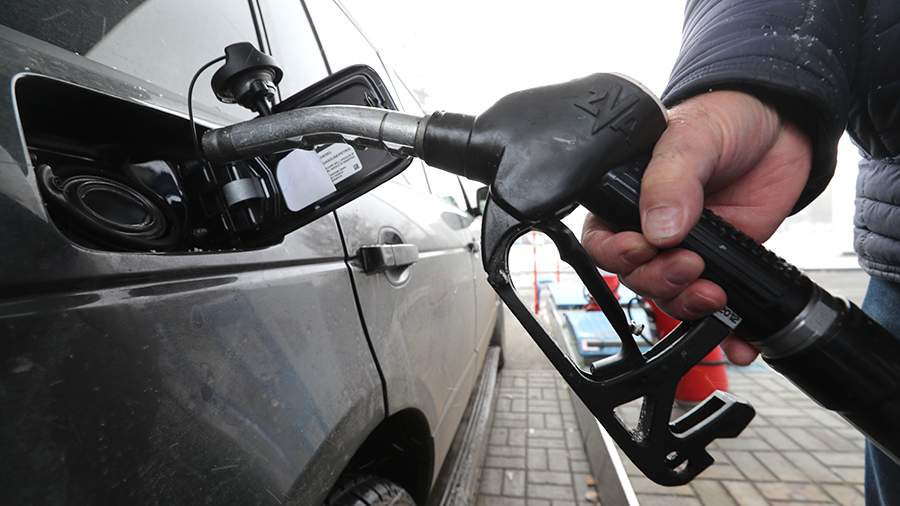Press Secretary of the President of the Russian Federation Dmitry Peskov on Wednesday, December 8, commented on the rise in fuel prices in several regions of Russia.
“The question of the government. Indeed, there is such a dynamic to increase the cost in some regions, this is all the subject of the closest attention of the government. You know that it is the government and the cabinet of ministers who control the operation of the damper mechanism, so I recommend that you contact there, ”Peskov told reporters.
On the eve of the media reported that in the Far East prices for motor fuel increased. In particular, according to the website info.24, in the Sakhalin region diesel costs 75 rubles per liter, AI-92 – 66 rubles per liter, AI-95 is sold at 70 rubles. The rise in prices is also noted in the Primorsky Territory.
On November 10, Russian Energy Minister Nikolai Shulginov said that the damping mechanism to smooth out fluctuations in fuel prices in Russia is working, despite his criticism from market participants. He noted that without him “gasoline would be 15 rubles more expensive.”
On November 3, the press service of the Cabinet of Ministers said that the dynamics of price growth at gas stations in Russia by the middle of the fourth quarter is at the level of estimated inflation. Deputy Prime Minister Alexander Novak instructed to analyze the operation of the damper for gasoline and diesel and study the need to adjust it for 2022.
In September, Russian Deputy Energy Minister Pavel Sorokin told Izvestia that the agency had managed to stabilize the market situation by avoiding a tough ban on the export of gasoline. According to him, the Ministry of Energy, together with the Federal Antimonopoly Service, holds meetings every day, at which the situation on the market is carefully monitored.
The damping mechanism was created to contain fuel prices on the domestic market in Russia. So, if the export price of gasoline and diesel fuel is higher than the conditional domestic Russian price, then the state compensates oil companies for part of this difference so that they do not raise prices in the Russian Federation. If Russian prices are higher than export prices, then the companies share with the state part of their super-profits from domestic fuel sales.
Source: IZ
Jane Stock is a technology author, who has written for 24 Hours World. She writes about the latest in technology news and trends, and is always on the lookout for new and innovative ways to improve his audience’s experience.




